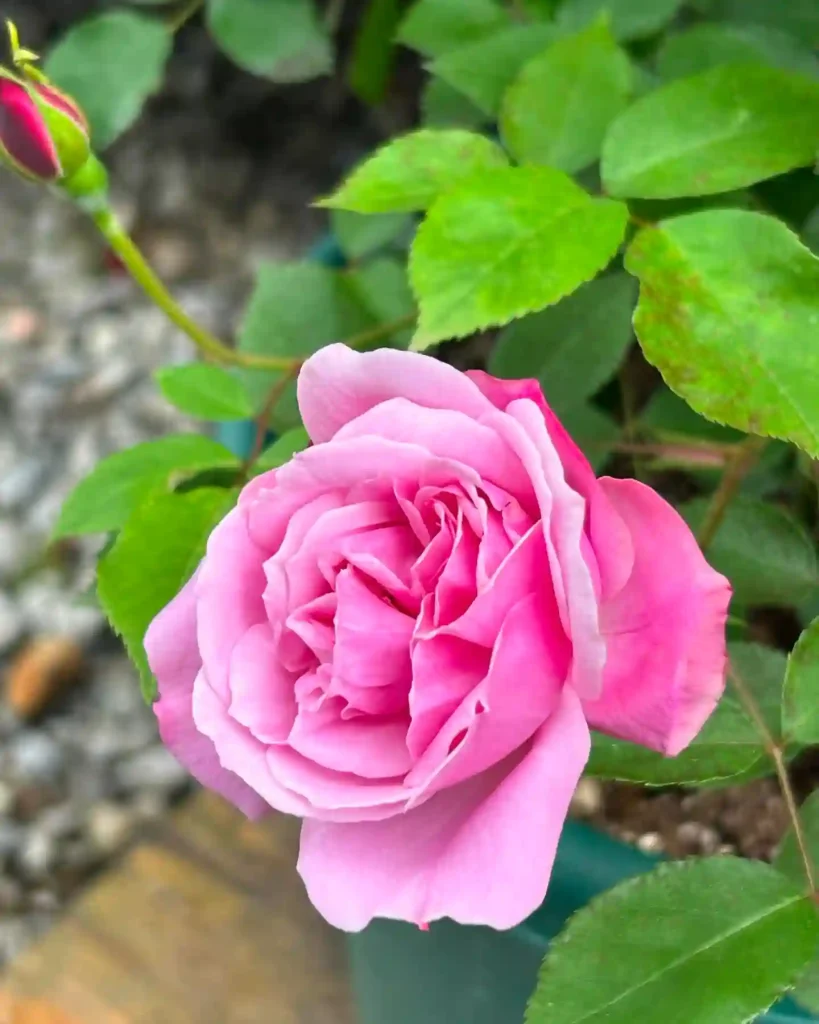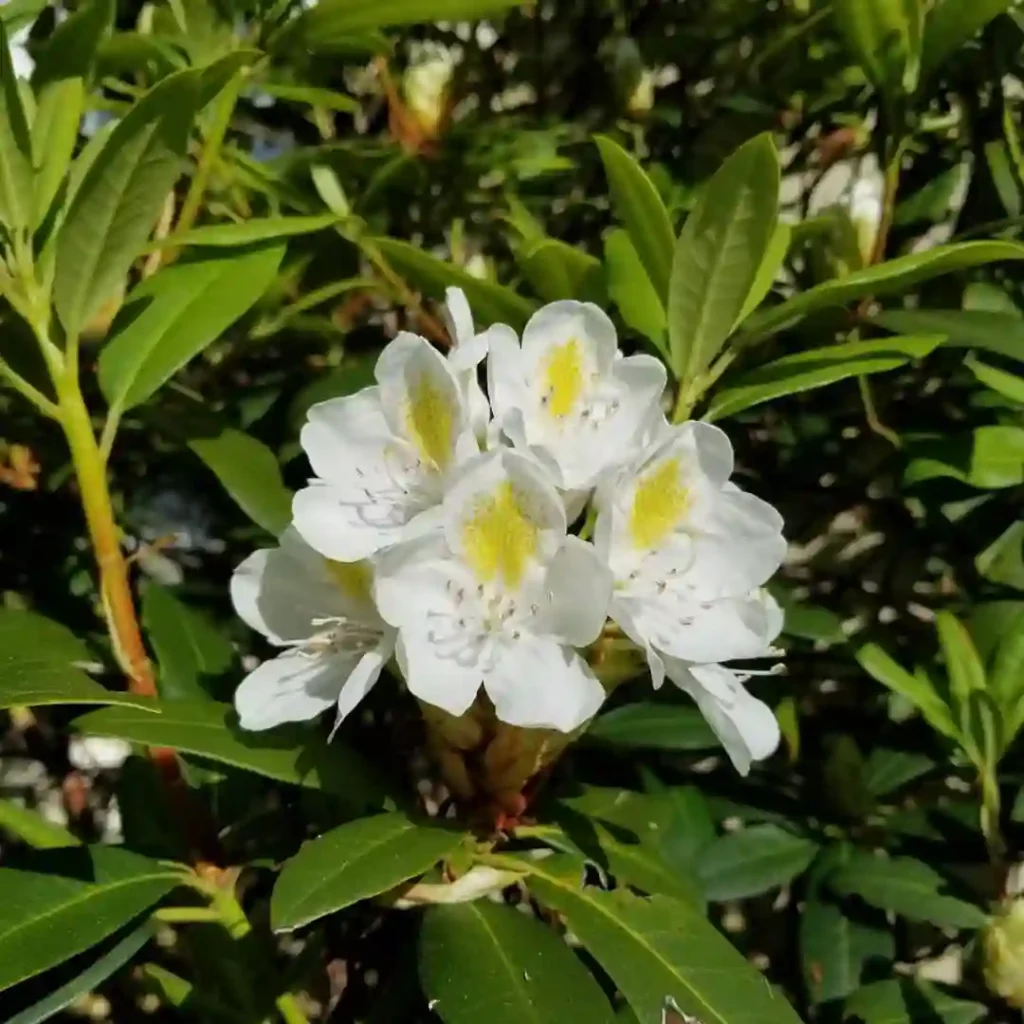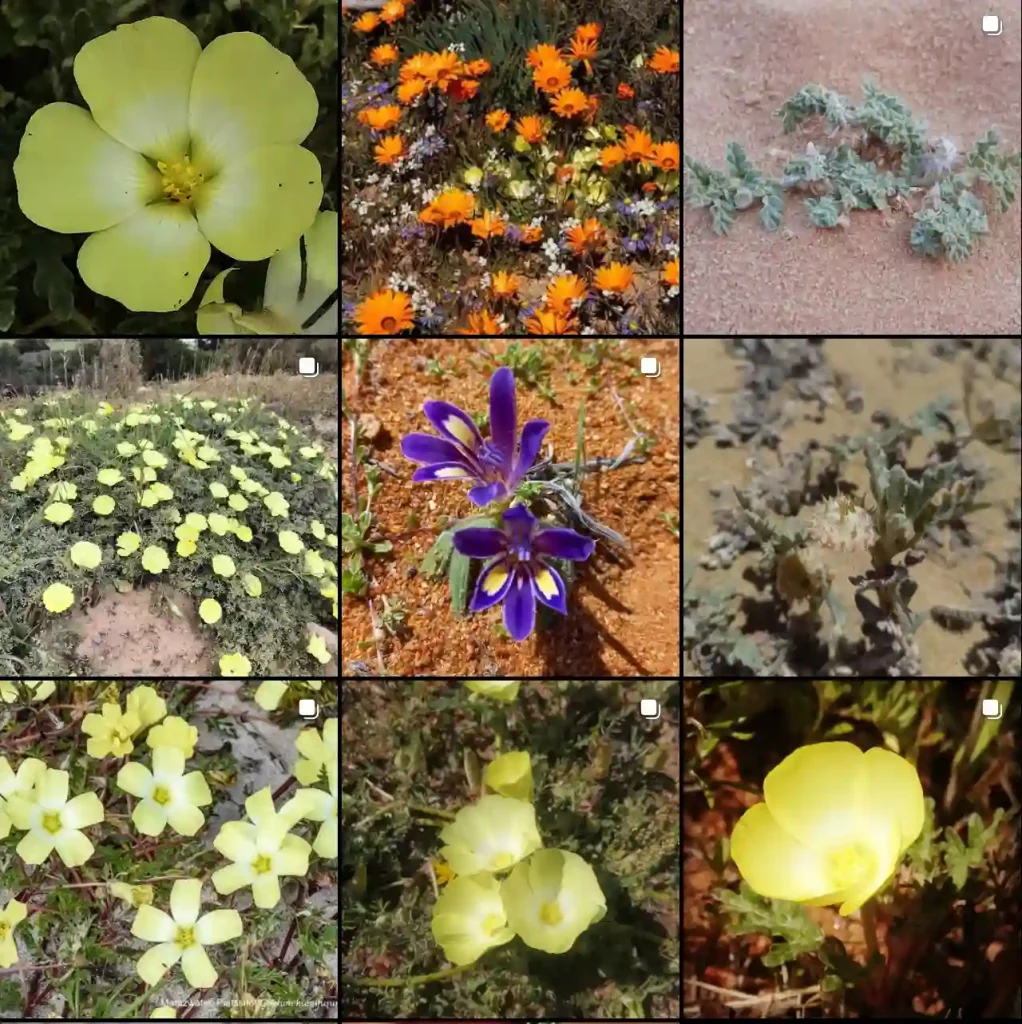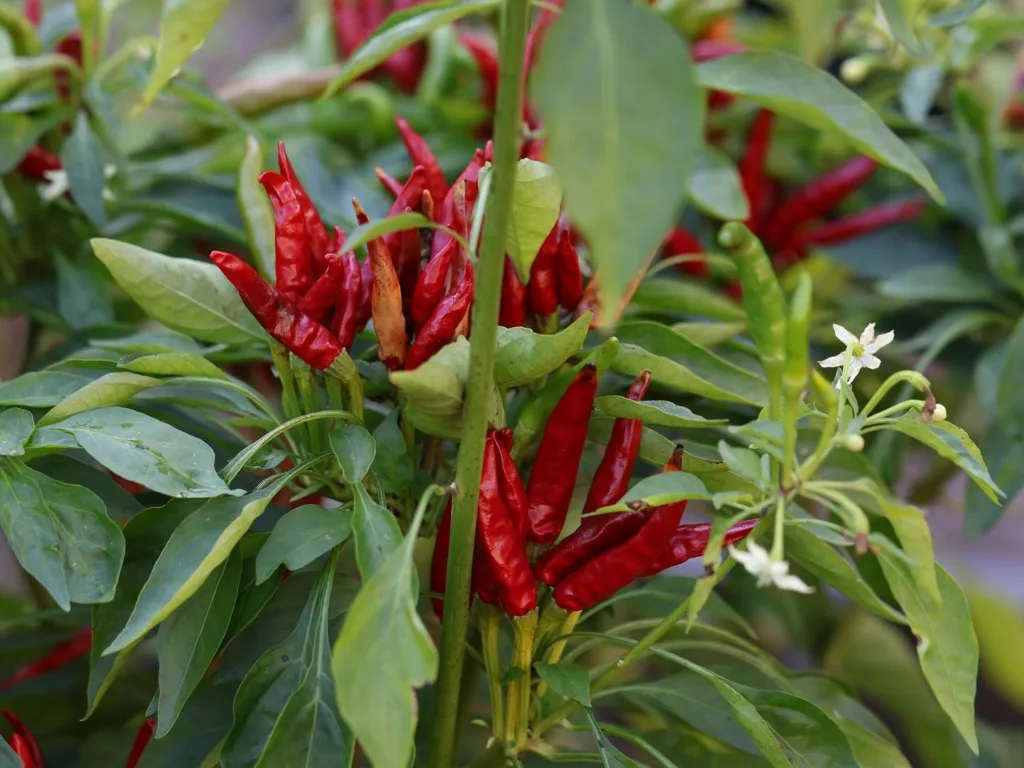FAQs About Dudleya Farinosa: Growing, Caring, and More
Dudleya Farinosa is a fascinating plant, often known as “bluff lettuce” or “powdery liveforever,” and it’s a real gem in any succulent lover’s collection. I’ve had the chance to grow Dudleya Farinosa, and it’s one of those plants that captivates you with its silvery, powdery appearance and ability to thrive in rugged coastal environments. Let me share with you some FAQs about Dudleya Farinosa based on my experience and what you should know before growing one.
51 Species in Genus Dudleya
What is Dudleya Farinosa?
Dudleya Farinosa is a succulent native to the coastal regions of California, particularly thriving along cliffs and rocky outcrops. Its characteristic white, powdery coating (called “farina”) protects the plant from the harsh sun, making it well-adapted to survive in dry, windy conditions. This plant’s beautiful rosettes and subtle colors make it a sought-after specimen for succulent enthusiasts.
How to Grow Dudleya Farinosa?
Growing Dudleya Farinosa successfully requires understanding its native environment. I’ve found that it prefers well-drained, gritty soil that mimics the rocky, sandy coastal cliffs it naturally inhabits. It thrives in full sun but should be protected from extreme heat and harsh midday rays in warmer inland areas. Planting Dudleya Farinosa in raised beds, pots, or rock gardens where water drains quickly is crucial. One key to growing this plant is to remember that it doesn’t like being overwatered—watering during the winter months and allowing it to dry out completely in the summer is essential for its survival.
How to Grow Dudleya Farinosa From Seed?
Growing Dudleya Farinosa from seed can be tricky, but it’s rewarding if you have the patience. Start by using a shallow tray with a well-draining cactus mix. Scatter the tiny seeds on the surface and mist the soil lightly to settle them. I’ve learned that keeping the seeds in a cool, bright location with plenty of indirect sunlight is best. Since Dudleya seeds require cool temperatures for germination, it’s ideal to start them in the fall or winter. Make sure to keep the soil barely moist but never soggy. Seedlings can be delicate, so handle them with care when transplanting them into larger pots.
Does Dudleya Farinosa Grow in Florida?
While Dudleya Farinosa thrives in coastal California, it doesn’t fare well in Florida. The humidity, excessive rainfall, and flat landscapes are quite the opposite of the dry, rocky coastal cliffs the plant is adapted to. I’ve personally found that keeping Dudleya in a location with high humidity or poor drainage leads to rot. If you’re determined to grow it in a more humid environment, keeping it in a controlled setting like a greenhouse or using pots with fast-draining soil might help, but it will still be challenging.
How to Care for Dudleya Farinosa?
Dudleya Farinosa is relatively low-maintenance if you respect its natural growing conditions. Here are a few care tips:
- Light: Full sun is ideal, but provide shade during the hottest part of the day if you live in a hot, dry inland area.
- Watering: Water in the fall and winter when the plant is actively growing. In the summer, reduce watering significantly—this plant goes dormant and can rot if overwatered during the hotter months.
- Soil: A well-draining, gritty mix is essential. I often use a cactus or succulent mix combined with pumice or sand to improve drainage.
- Temperature: Dudleya prefers cooler temperatures and doesn’t tolerate excessive heat well.
Can You Grow Dudleya Farinosa Indoors?
Yes, but it’s tricky. Dudleya Farinosa is best suited to outdoor environments, but you can grow it indoors as long as you provide plenty of light and replicate its natural conditions. If you choose to grow it indoors, place it near a bright, sunny window and make sure the potting mix drains very well. A grow light can also help, especially in low-light indoor settings. However, keep in mind that it’s difficult to mimic the coastal breeze and cool temperatures Dudleya prefers indoors.
Is Dudleya Farinosa Toxic?
No, Dudleya Farinosa is not toxic to humans or pets, making it a safe addition to households with children or animals. That said, it’s always a good idea to keep plants out of reach of pets who might be tempted to chew on them.
Common Problems with Dudleya Farinosa
One of the most common problems I’ve encountered with Dudleya Farinosa is root rot, which is often caused by overwatering. This plant is highly sensitive to excess moisture, especially during the summer when it goes dormant. Other issues include pests like aphids or mealybugs, which can sometimes target stressed plants. If you notice any pests, treat the plant with insecticidal soap or neem oil.
How to Propagate Dudleya Farinosa?
Dudleya Farinosa can be propagated from seeds, as mentioned earlier, or by offsets and cuttings. If your plant produces offsets, gently remove them and let them dry for a few days before replanting. I’ve had success propagating by leaf cuttings as well. Gently twist off a healthy leaf, let it dry out for a day or two, then place it on well-draining soil. With time and patience, it will develop roots.
What to Plant With Dudleya Farinosa?
Dudleya Farinosa pairs well with other drought-tolerant plants like Agave, Echeveria, and various cacti. I like to create succulent arrangements that showcase Dudleya’s striking, silvery foliage alongside plants with more vibrant colors for contrast. Coastal natives, like Ceanothus and Salvia, also make great companion plants, especially in outdoor rock gardens or dry landscapes.
Compare Dudleya Farinosa with Dudleya Brittonii
Dudleya Farinosa is often confused with Dudleya Brittonii, another species with a similar powdery appearance. However, Dudleya Brittonii tends to have larger, broader leaves and a more pronounced rosette shape. Both are stunning in succulent collections, but Brittonii is slightly more tolerant of heat, while Farinosa prefers cooler, coastal environments.
Benefits of Growing Dudleya Farinosa
One of the biggest benefits of growing Dudleya Farinosa is its stunning appearance. The powdery coating gives it a unique look that stands out among other succulents. It’s also incredibly low-maintenance when grown in the right conditions, making it perfect for those who love succulents but don’t want to deal with frequent watering or care.
In conclusion, Dudleya Farinosa is a beautiful, resilient plant that can thrive with minimal care, as long as you respect its natural habitat and growing needs. Whether you’re growing it outdoors or trying your hand at indoor cultivation, it’s a rewarding plant for any succulent lover.
If i die, water my plants!



